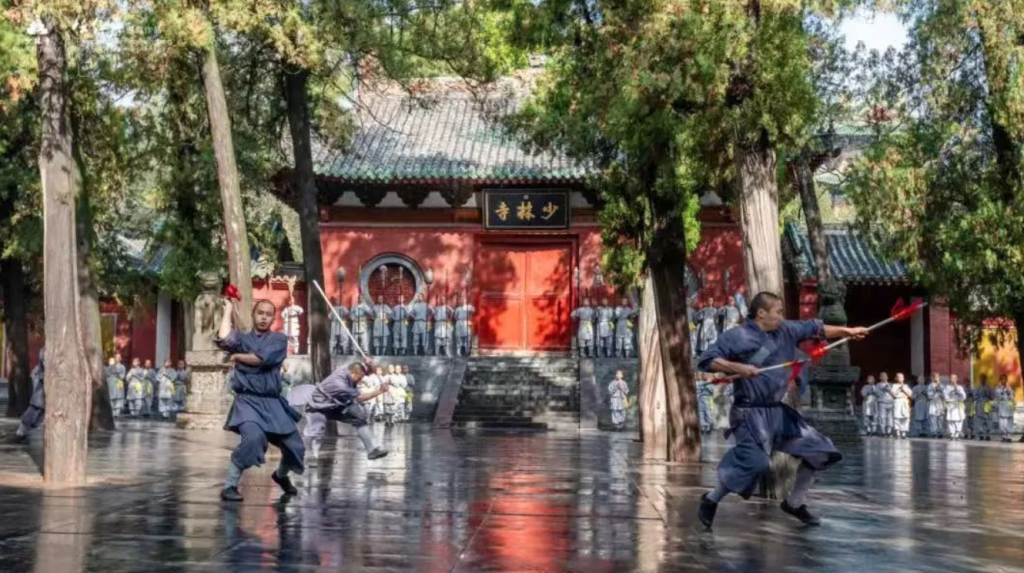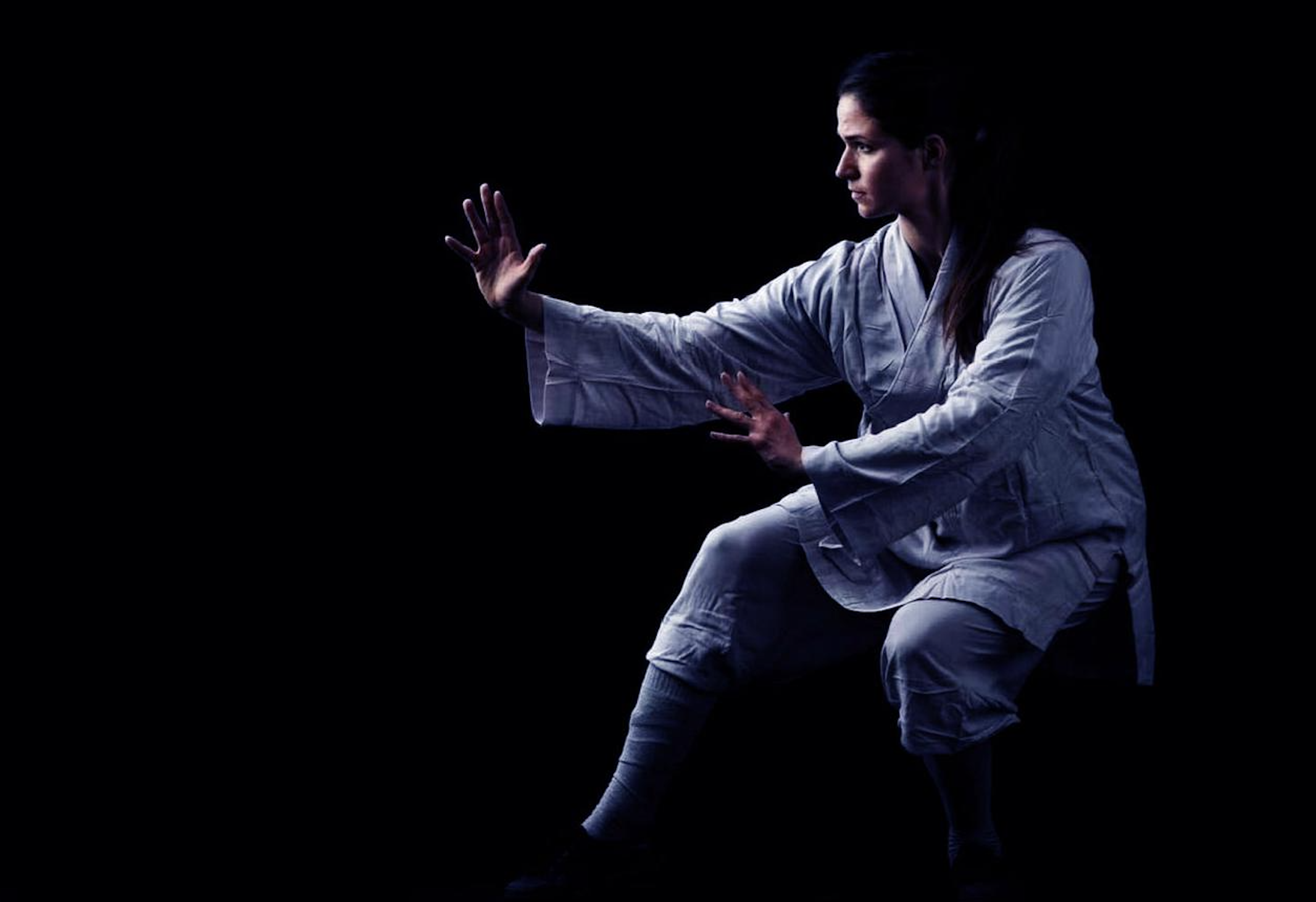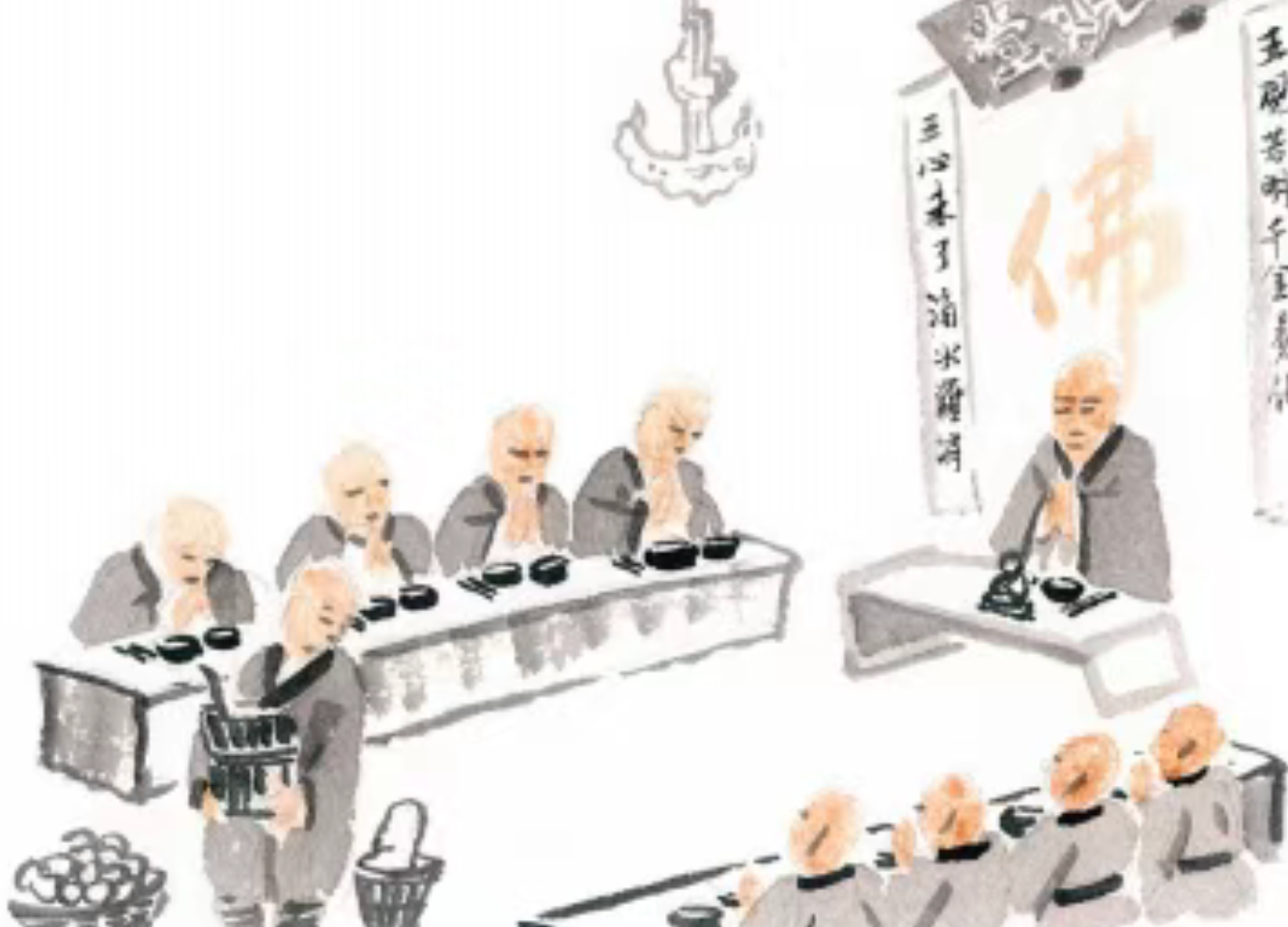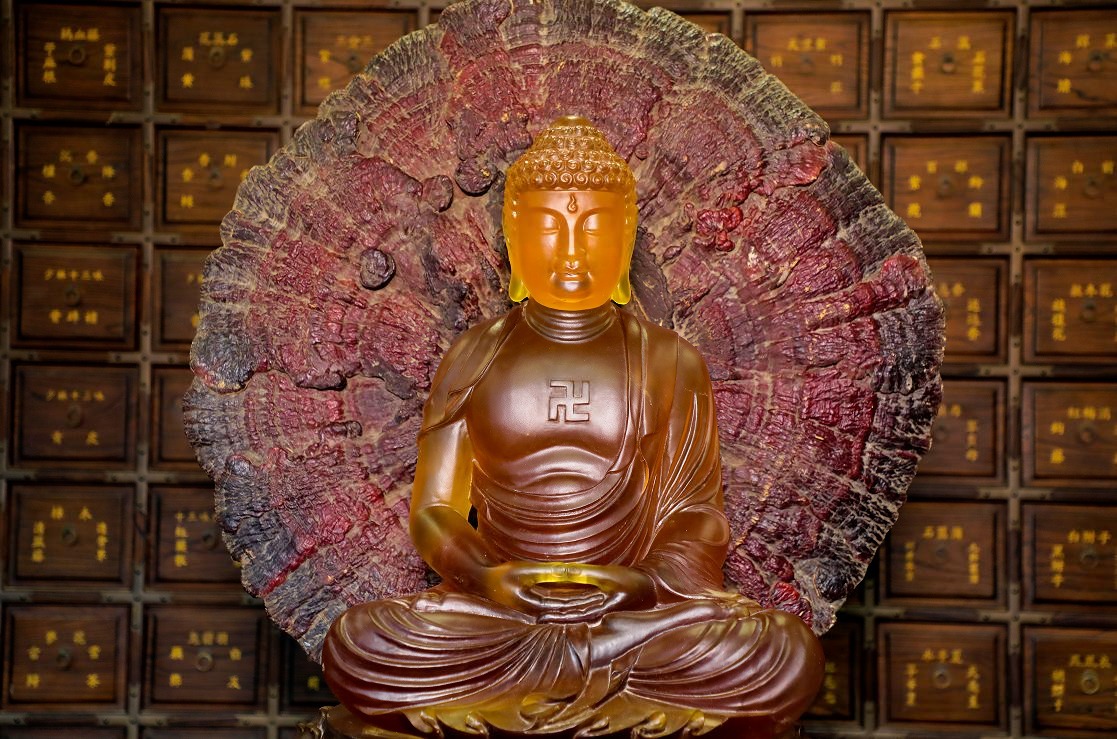What distinguishes Shaolin Martial Arts from other fighting systems?
Master:
The essence of Shaolin Martial Arts [Shaolin Wushu] lies in the unity of Chan (Zen) and Wu (martial arts)—a synthesis of spiritual cultivation and physical discipline. Unlike secular martial arts focused solely on combat proficiency, Shaolin Kung Fu integrates Buddhist philosophy, emphasizing:
Mind-Body Harmony
“Fist strikes follow the mind; movement embodies stillness.”
Every technique reflects meditative awareness, transforming brute force into disciplined expression.
Defensive Compassion
Rooted in the Bodhisattva vow to protect life, Shaolin techniques prioritize neutralizing aggression without malice.
[Note: Contrasts with martial arts emphasizing lethal techniques.]
Monastic Foundation
Developed by Shaolin monks over centuries, its forms (taolu) blend practical self-defense with monastic routines (e.g., Qigong for vitality, Sanda for balance).
Cultural Transmission
Beyond combat, Shaolin Martial Arts preserve Chinese medicine (Shaolin Medicine), calligraphy, and spiritual cultivation as inseparable disciplines.
As the saying goes:
“Shaolin’s fists chant sutras; its kicks write poetry.”
The path transcends victory—it cultivates wisdom through every movement.

The Distinction of Shaolin Martial Arts
As Bodhidharma taught our disciples: “To perceive one’s true nature, one must first strengthen the body.” This proclamation reveals the core principle that sets Shaolin Martial Arts apart—the unity of Zen (Chan) and martial arts (Wu), or “Zen-Wu Integration.”
Unlike conventional fighting systems that prioritize external combat techniques, Shaolin Kung Fu embodies:
- Spiritual Foundation
- Every movement is infused with Zen mindfulness, transforming physical training into a path of self-realization.
- “A single punch must carry the weight of enlightenment; each stance must reflect the stillness of meditation.”
- Holistic Development
- Combines combat efficacy with inner cultivation—strengthening the body to awaken the mind, and refining the mind to perfect the body.
- [Note: Contrasts with martial arts treating physical and spiritual practices as separate disciplines.]
- Monastic Legacy
- Developed within Shaolin Temple’s monastic tradition, its forms (taolu) harmonize practical self-defense with Buddhist principles (e.g., non-aggression, compassion).
- Techniques serve not only to defeat opponents but to dissolve conflict at its root.
As the ancestral adage declares:
“Shaolin’s fists strike emptiness; its kicks sweep illusions.”
The distinction lies not in superiority, but in purpose—where other arts train warriors, Shaolin cultivates sages who wield martial skill as a vehicle for awakening.



